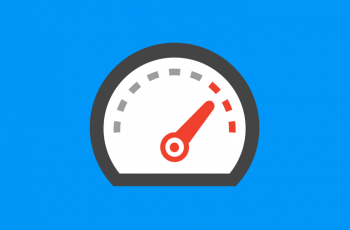This week we’ll be looking at how our marketing whizzes whip of a fantastic Pay Per Click (PPC) campaign and tackle Social Media Marketing (SMM) to get our clients’ names out across the web.
Pay Per Click is an digital advertising process, which allows you to create ads that are targeted specifically at your market. When we sit down with our clients to create a PPC campaign, we’ll look at who makes up that market and the keywords they use to search. We’ll then create a group of ad words that the client bids on, so that when web users put those words into Google, your ad comes up at the top. AdWords, which is Google’s digital advertising platform and other ad platforms like YSM (Yahoo) and AdCentre (Bing) have strict criteria for ads, which prevents junk and spam winning the bid.
The great thing about a PPC campaign is that it produces immediate, easy-to track- results. This means clients get a better analysis of PPC in comparison to Search Engine Optimisation (SEO). PPC is transparent, making results easier to measure and change. A good score on AdWords also means lower costs, which means you can afford to bid higher than your competitors if they have a lower Quality Score for the matching key phrase.

We also suggest making the most of SMM as it can drive huge amounts of traffic to your website by targeting a variety of web users. You can generate numerous in-bound links, for instance by creating a viral campaign on Facebook or use social media forms like Twitter and LinkedIn for communicating with existing contacts. For some of our clients, videos (generated through YouTube or Vimeo) are a great way of advertising their products and services.
The endless possibilities of digital marketing can overwhelm, which is why we like creating RSS feeds. This allows our clients to pull information from numerous sources into one place without having to trawl the web themselves. Our development team then sync the RSS feed to the news section, blog, and social media sites so content is automatically updated. This keeps the site fresh – another thing Google likes because it shows the website is well maintained and generating new information, which increases the website’s credibility and… we all know why that’s so good.
All these digital marketing strategies work to make your site more visible on the web and our marketing team work hard to provide constant reports for our clients to show how well it’s working. Next week we’ll be looking at data analysis in Part Six: Digital Analytics.


